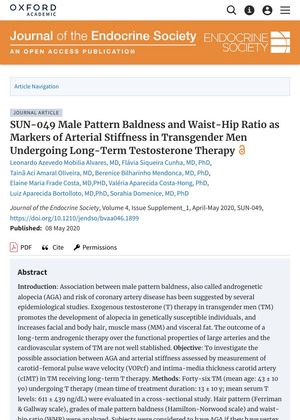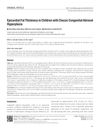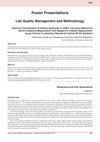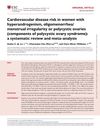Male Pattern Baldness and Waist-Hip Ratio as Markers of Arterial Stiffness in Transgender Men Undergoing Long-Term Testosterone Therapy
April 2020
in “
Journal of the Endocrine Society
”

TLDR Male pattern baldness may indicate arterial stiffness in transgender men on long-term testosterone therapy.
In 2020, a cross-sectional study was conducted on 46 transgender men (average age: 43 ± 10 years) undergoing long-term testosterone therapy (average treatment duration: 13 ± 10 years; average serum testosterone levels: 611 ± 439 ng/dL). The study aimed to investigate the possible association between androgenetic alopecia (AGA) and arterial stiffness. The results showed that 70% of the participants had AGA. Those with AGA had higher carotid intima-media thickness (cIMT) (0.66 ± 0.1mm vs. 0.54 ± 0.07mm, p = 0.001), higher waist-hip ratio (WHR) (0.93 ± 0.08 vs.0.87 ± 0.04, p = 0.02), higher terminal body hair score (23 ± 6 vs. 18 ± 6, p = 0.007), and higher frequency of hypertension (94% vs. 6%, p = 0.01). The cIMT positively correlated with age (p = 0.01) and WHR (p = 0.002). The pulse wave velocity was positively correlated with age (p = 0.0001), duration of androgen treatment (p = 0.01), and WHR (p = 0.04). The study concluded that severe vertex AGA may be considered a possible marker of arterial stiffness in transgender men undergoing long-term testosterone therapy.




